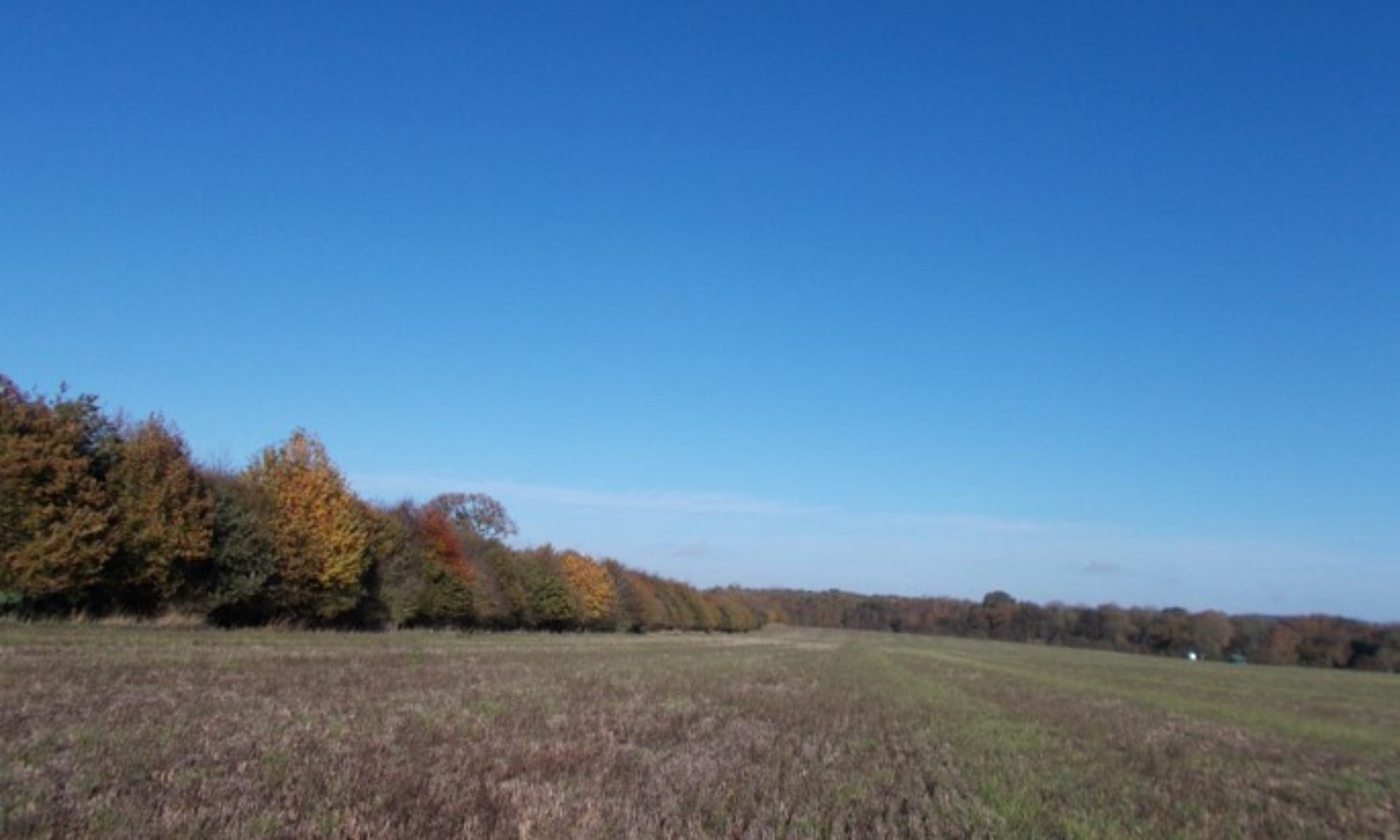Kennel Club Norwich Terrier Breed Standard
(Last updated July 2017)
Unauthorised reproduction of text and image prohibited
Copyright The Kennel Club Limited
Reproduced with their permission

A Breed Standard is the guideline which describes the ideal characteristics, temperament and appearance including the correct colour of a breed and ensures that the breed is fit for function. Absolute soundness is essential. Breeders and judges should at all times be careful to avoid obvious conditions or exaggerations which would be detrimental in any way to the health, welfare or soundness of this breed. From time to time certain conditions or exaggerations may be considered to have the potential to affect dogs in some breeds adversely, and judges and breeders are requested to refer to the ‘Breed Watch’ Section of The Kennel Club website for details of any such current issues. ( http://the-kennel-club.org.uk/services/public/breeds/watch) If a feature or quality is desirable it should only be present in the right measure.
However, if a dog possesses a feature, characteristic or colour described as undesirable or highly undesirable it is strongly recommended that it should not be rewarded in the Show Ring.
General Appearance: Small, low, keen dog, compact and strong with good substance and bone. Honourable scars from fair wear and tear not to be unduly penalised.
Characteristics: One of the smallest of the terriers. Lovable disposition, not quarrelsome, tremendously active with hardy constitution.
Temperament: Gay and fearless.
Head and Skull: Skull broad and slightly rounded with good width between ears.Muzzle wedge-shaped and strong. Ratio of muzzle length to skull length is 2:3.
Eyes: Relatively small, oval-shaped, dark, full of expression, bright and keen.
Ears: Erect, set well apart on top of skull. Medium size with pointed tips. Perfectly erect when aroused, can be laid back when not at attention.
Mouth: Tight-lipped, jaws clean and strong. Rather large, strong teeth with perfect, regular scissor bite, i.e. upper teeth closely overlapping lower teeth and set square to the jaws.
Neck: Strong of good length, commensurate with correct overall balance, flowing into well laid shoulders.
Forequarters: Legs short, powerful and straight; elbows close to body. Pasterns firm and upright.
Body: Short back, compact with good depth, Ribcage long and well sprung with short loin. Level topline.
Hindquarters: Broad, strong and muscular, well turned stifle. Low-set hock with great propulsion.
Feet: Rounded, well padded and cat-like. Pointing straight forward standing and moving.
Tail: Docking previously optional.
(a) Medium docked. Set high, completing perfectly level topline. Carried erect.
(b) Tail of moderate length to give a general balance to dog, thick at root and tapering towards tip, as straight as possible, carried jauntily, not excessively gay, completing perfectly level topline.
Gait/Movement: Forelegs should move straight forward when travelling; hind legs follow in their track; hocks parallel and flexing to show pads.
Coat: Hard, wiry, straight, lying close to body, thick undercoat. Longer and rougher on neck forming a ruff to frame face. Hair on head and ears short and smooth, except for slight whiskers and eyebrows.
Colour: All shades of red, wheaten, black and tan or grizzle. White marks or patches are undesirable.
Size: Ideal height at withers 25 cms. (10 ins.)
Faults: Any departure from the foregoing points should be considered a fault and the seriousness with which the fault should be regarded should be in exact proportion to its degree and its effect upon the health and welfare of the dog.
Note: Male animals should have two apparently normal testicles fully descended into the scrotum.
